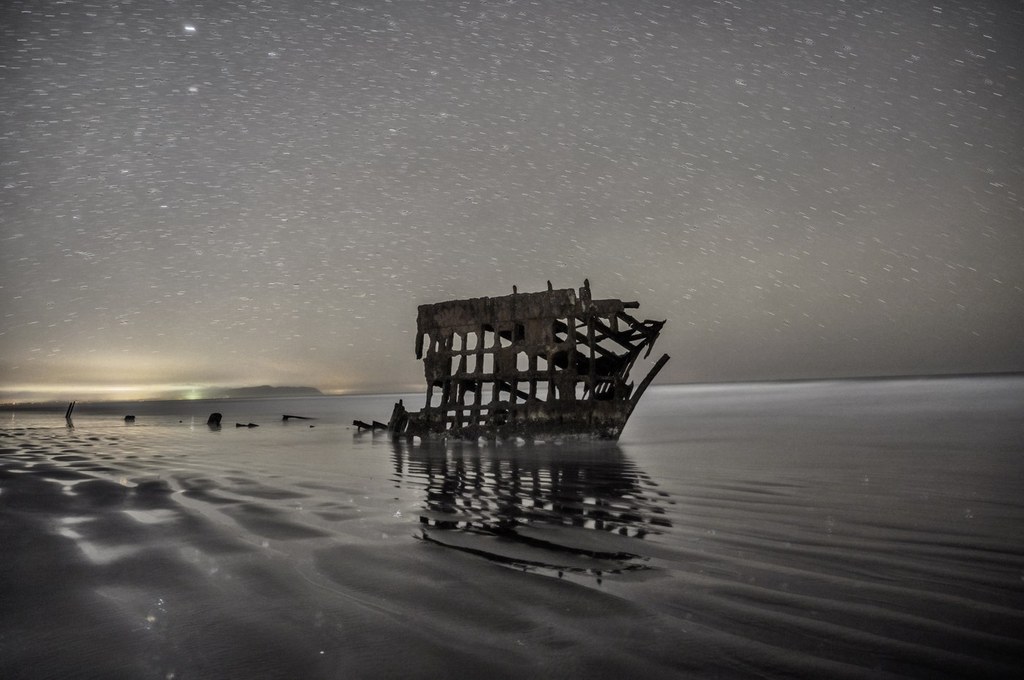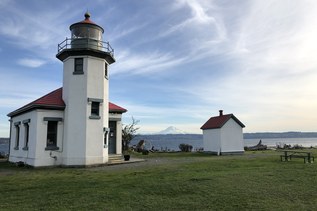The Clatsop Spit is an enormous sand spit at the mouth of the Columbia River, extending from Oregon into the Pacific Ocean. It was formed by sediment, carried by the Columbia, over thousands of years. The result is the peninsula where Fort Stevens State Park now sits. This sand bar extends under water into the Pacific, contributing to the Columbia Bar: a system of shoals and sandbars that make navigating the channel a treacherous obstacle for ships.
Sometimes referred to as the "Graveyard of the Pacific", the westward side of the spit is notorious for its dangerous waters. It's believed that up to 2,000 ships have wrecked there since the 1800s. The Wreck of the Peter Iredale is a short hike and perhaps the most famous of these shipwrecks, but whales are known to beach themselves along the spit occasionally as well.
You may want to review a map of the area before you visit. Or make a weekend of it and reserve a campsite!
There are a few trails offering access to the best of what the spit has to offer:
- The Peter Iredale Shipwreck is a quarter mile (one way) walk from the trailhead of the same name.
- Lots A and B offer trails to explore dunes on the westward face of the peninsula
- Lot C offers a rugged walk along the shore, beneath the (closed) South Jetty Observation Tower. This is also the northern terminus for the Oregon Coast Trail, so keep an eye out for backpackers and thru hikers!
- Lot D brings hikers to the interior (eastward facing) section of the peninsula, offering slower waters, birding and even a wildlife viewing bunker from the beach.
Note: much of the northern end of the spit will continue to be closed for several years as the park works to provide more infrastructure to the parking lots, jetty and trail system.






 Trailhead
Trailhead





